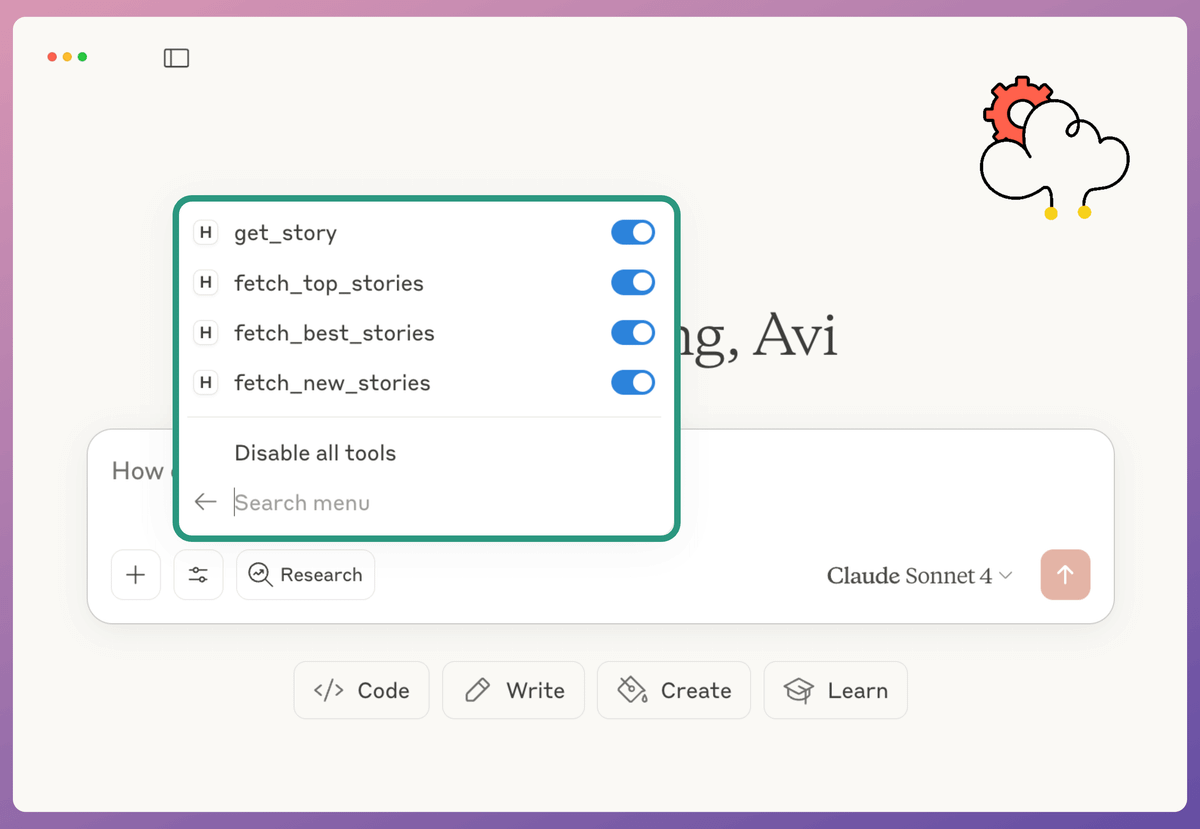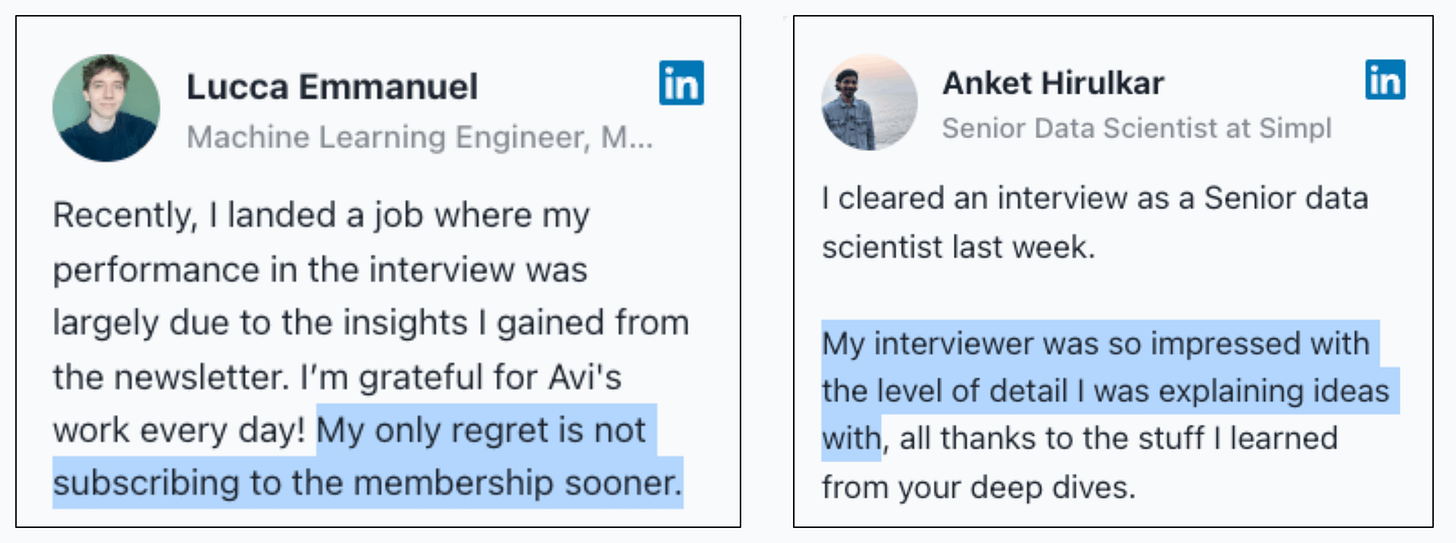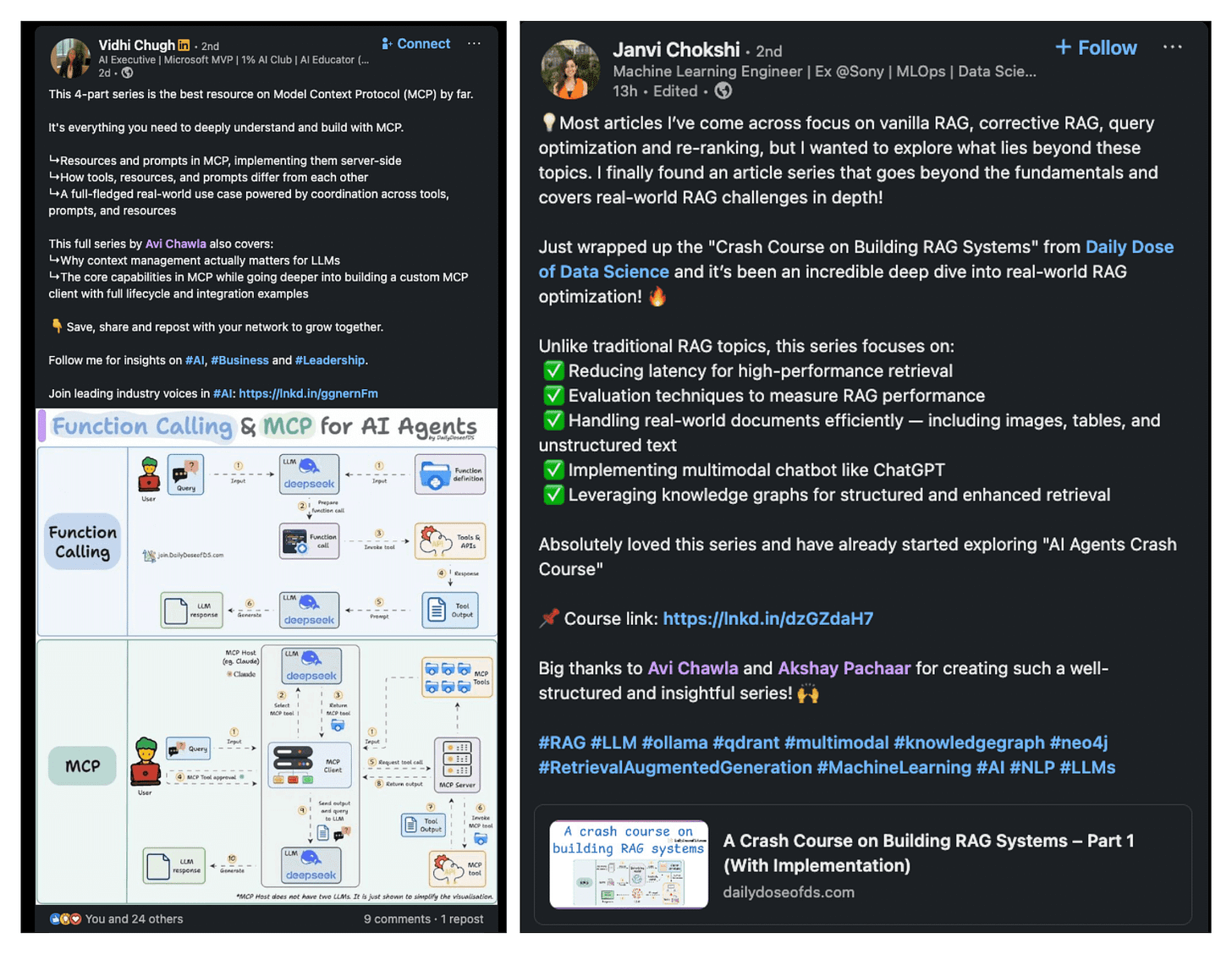Build Production-grade MCP Servers
...in less than a minute and no-code.
The AI Agent that never forgets [open-source]
Pixelbot is a multimodal AI assistant that processes documents, images, videos & audio in one conversation.
Built on open-source Pixeltable, Pixelbot maintains context, searches uploaded files, generates images, and remembers what matters.
End-to-end context engineered.
Build Production-grade MCP Servers
There’s a new way to build production-grade MCP servers.
It takes less than a minute.
You don't have to write any code.
You can integrate from 100k+ tools.
Today, let’s discuss this to build a 100% local MCP server.
For context…
To build MCP servers from scratch with custom tools, one has to:
Read the API docs
Implement MCP tools
Test them, and much more
Postman's MCP Generator simplifies this so that one can build production-grade MCP servers quickly with no code.
One can pick any tool from its public API Network (with 100k+ APIs).
These are the steps:
Select all the APIs for your MCP server.
Export the code for the MCP server.
Integrate it with any MCP client.
To begin, select the tools that you want to add to your MCP server. For simplicity, we select Hacker News and pick all the tools.
Once done, we click on Generate.
This gives us a download link with the code for the MCP server, as shown in the video below:
After unzipping the file, we can see the entire repository, including:
A README with instructions
A .env file to specify API keys (if any)
The server implementation, and more.
As instructed in the README file, we run npm install command.
Next, to integrate the MCP server with Claude Desktop, go to Settings → Developer → Edit Config and add the config below:
Note: You can run the
which nodecommand to print the path to node.
Once the server is configured, Claude Desktop will show the tools we integrated while building the MCP server in Postman's MCP Generator.
For Hacker News, we have:
get_storyfetch_top_storiesfetch_best_storiesfetch_new_stories
Finally, we interact with the MCP server we just built.
You can find the MCP Generator tool here →
To recap, there are the steps:
Open Postman's MCP generator.
Select the APIs from Postman's API Network.
All these APIs will be available as tools in your MCP server.
Download the code provided by Postman.
Specify API keys if needed in the .env file.
Prepare your MCP config file JSON and add it to Claude/Cursor.
Done!
It takes less than a minute.
You don't have to write any code.
You can integrate from 100k+ tools.
Thanks to the Postman team for partnering with us on this newsletter issue!
Thanks for reading!
P.S. For those wanting to develop “Industry ML” expertise:
At the end of the day, all businesses care about impact. That’s it!
Can you reduce costs?
Drive revenue?
Can you scale ML models?
Predict trends before they happen?
We have discussed several other topics (with implementations) that align with such topics.
Here are some of them:
Learn everything about MCPs in this crash course with 9 parts →
Learn how to build Agentic systems in a crash course with 14 parts.
Learn how to build real-world RAG apps and evaluate and scale them in this crash course.
Learn sophisticated graph architectures and how to train them on graph data.
So many real-world NLP systems rely on pairwise context scoring. Learn scalable approaches here.
Learn how to run large models on small devices using Quantization techniques.
Learn how to generate prediction intervals or sets with strong statistical guarantees for increasing trust using Conformal Predictions.
Learn how to identify causal relationships and answer business questions using causal inference in this crash course.
Learn how to scale and implement ML model training in this practical guide.
Learn techniques to reliably test new models in production.
Learn how to build privacy-first ML systems using Federated Learning.
Learn 6 techniques with implementation to compress ML models.
All these resources will help you cultivate key skills that businesses and companies care about the most.








